Pandemic prompts Asian cities to face reality and push for a low-carbon, resilient future
Asia’s cities have been at tipping point for years, but the global pandemic may just be the catalyst for meaningful progress in areas such as green building, digital infrastructure, and urban planning
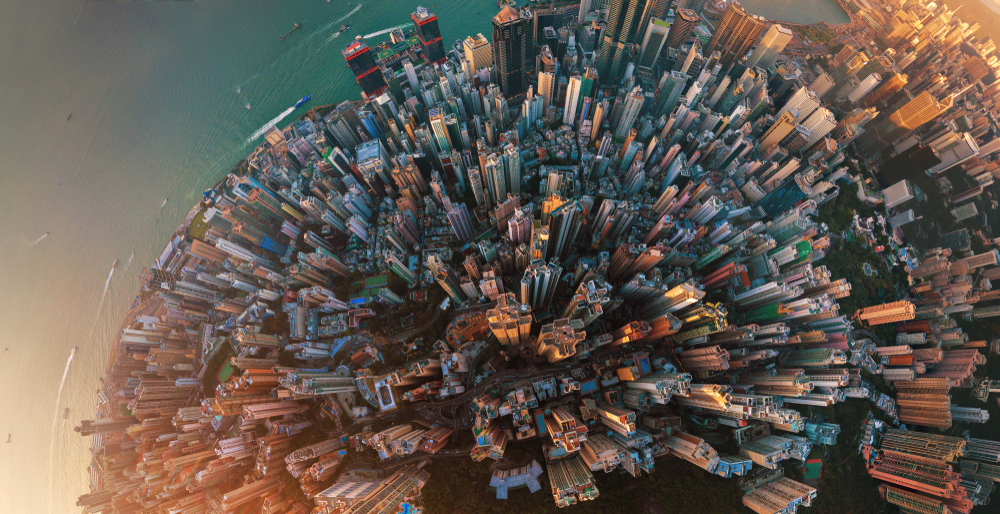
War, famine, fire, earthquakes and pandemics: crises have created, reshaped and revived cities around the world for millennia. They have forced governments to confront grave risks by developing resilience; transformed human relationships within cities; and influenced urban planning, design and governance. And as the global pandemic enters its second year, monumental questions are being asked about how Asia’s largest metropolises will respond to the most significant global event in recent history.
Since the turn of the century, Asia has urbanised at breakneck speed. Almost 46 percent of the population currently live in urban areas and more than half of the world’s megacities are now found in Asia Pacific, according to the United Nations. For millions, these places are beacons of hope—for employment, better lives, and brighter futures. Still, many remain socially and economically uneven and often haphazard and unplanned. Investment in public infrastructure, housing, health, education, and sanitation have failed to keep pace with the fastest urban population increase ever recorded. The pandemic has brought the costs of these urban governance failures into stark relief. Yet it also presents decision-makers with an opportunity to return to the drawing board and rewrite the future for millions. But where do they start?
The degradation of the natural environment has caused a rise in zoonotic diseases. Given the intrinsic relationship between the climate crisis and the current pandemic, many believe that the priority is ensuring all future development mitigates the impact of carbon emissions, to which the construction sector currently contributes upwards of 40 percent. This includes, amongst other things, a sustained focus on zero-carbon housing, innovation in retrofit, and modal shifts towards sustainable transport to reverse the damage wrought by unplanned urban development and establish a more resilient blueprint for Asia’s cities.
“The pandemic and the climate emergency are pivotal change agents in the transition toward a low-carbon, resilient future, which should inform not just what decisions need to be made, but also how they are made,” says Prashant Kapoor, chief industry specialist at the World Bank Group. “In a concerted effort to reduce the effects of unguided urbanisation, local government can work with developers, architects, and planners in three ways: policies, incentives and strategies. In terms of policies which would mainly be through legislation and code, the carrot-and-stick approach can work.”
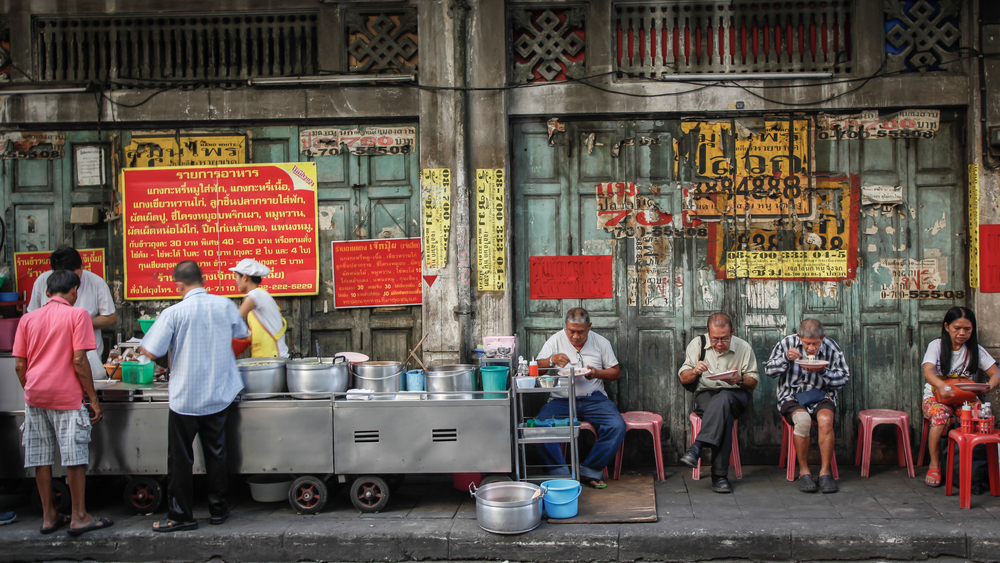
This is especially true for emerging market developers, where green, resilient and adaptive design has traditionally been viewed as an expensive option. Local government incentives could spur the uptake of green buildings, ensuring that cities are designed and developed to prevent or minimise contagion through innovations such as environmental cleaning and open windows for natural ventilation. Strategies such as city-level ordinances are also slated to help target the more critical aspects of sustainability and climate change, although these should transcend administrative boundaries by bringing relevant stakeholders together, according to Kapoor.
“There is a window of opportunity during times of crisis where we are forced to change our ways of thinking and doing,” he adds. “This pandemic yields an opportunity for governments, planners, architects, and other built environment players to come together and re-examine how we can design our cities to uphold both the public health and the environment.”
The links between planning and promotion of good health are long-established. Urban planning and public health both emerged in the late 19th century to tackle the unsanitary and overcrowded conditions of industrial cities. Unfortunately, the rapid rate of urbanisation in many of Asia’s cities means this synergy has often been overlooked. In recent decades, planners, architects and placemakers have however started to seriously reconsider this relationship. In doing so, they have made the case for active travel and neighbourhood designs that promote physical activity, enhance social connections, and strengthen mental health within smaller, localised areas.
This pandemic yields an opportunity for governments, planners, architects, and other built environment players to come together and re-examine how we can design our cities to uphold both the public health and the environment
Over time, this is expected to help usher in a reorientation of urban life from central business districts towards smaller urban hubs. Proposing that people live, work and socialise within the tight perimeter of their neighbourhoods might have sounded utopian until recently, especially in larger cities where residents have become accustomed to travelling to work. But lockdowns have revealed the myriad benefits of local living and the absurdity of long hours spent commuting.
The idea of compact neighbourhoods with local facilities and public transport accessibility offering car-free access to jobs and wider services is now being championed by planners the world over. City authorities around the world have had to act quickly to adapt to the coronavirus epidemic and associated social distancing measures, with places such as London, Paris and Bogota rapidly implementing widened pavements and new cycle lanes to cater to the increasing numbers of pedestrians and cyclists.
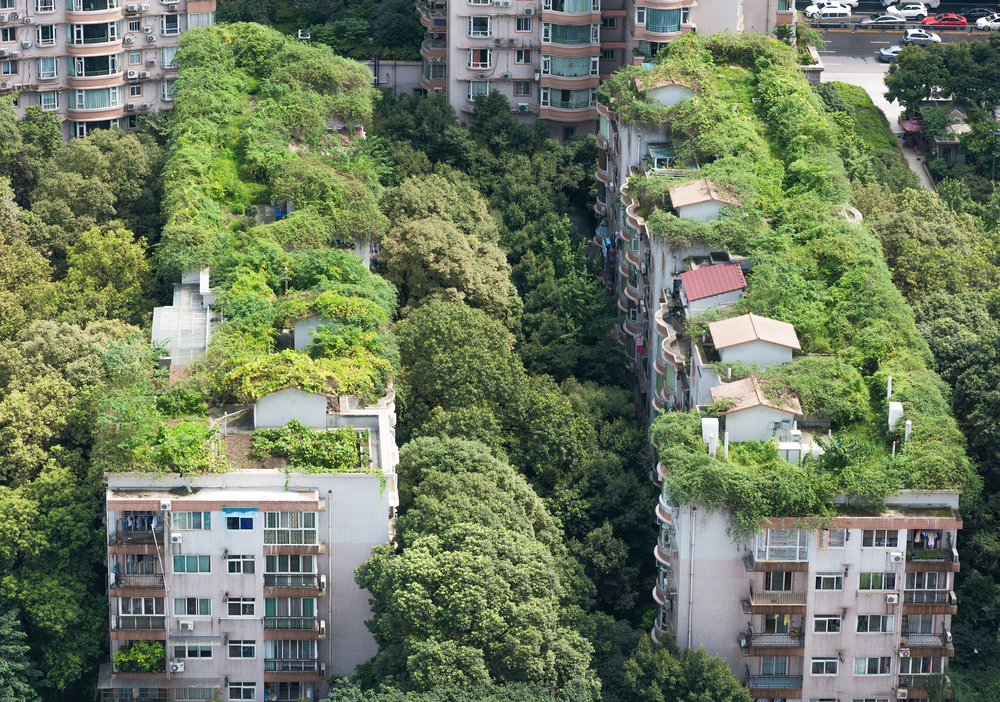
Such initiatives hopefully hint at an accelerated transition towards sustainable transport in urban areas with existing high-quality infrastructure such as Singapore, which is already one of the world’s greenest cities. But the chances of similar updates being implemented in the short term in the likes of Jakarta, Manila and Bangkok—notorious for their gridlocked roads, limited green space, and pollution—remain farfetched.
There are at least some green shoots in Bangkok. Last year the Thai capital’s governor, Asawin Kwanmuang, pledged to increase green space in the city. The goal, he said, was to up the per person quotient from about 6 square metres (65 sq ft) to 9 square metres. He also vowed to reduce the number of cars and make the city more walkable. The goal, he said, is to replicate Paris’s “15-minute city”, where people can reach their destination within a quarter of an hour of walking, cycling, or using mass transit.
Bangkok-based landscape architect Kotchakorn Voraakhom agrees that the target is achievable, but a greater focus on revitalising the city to reintroduce nature and take local communities into account is required.
“When you think about it, Bangkok is technically a 15-minute city. People can leave their house, eat some street food outside and buy groceries at the local market,” she says. “The problem is that it is not a pleasant 15 minutes. Nowadays, the city is not really designed to be walkable. Still, this is a small problem that can easily be solved, but first we need to shift the mindset so people, for instance, would rather walk or cycle than drive.
“If you consider the city’s existing infrastructure, street culture and urban density, half the answer is here already.”
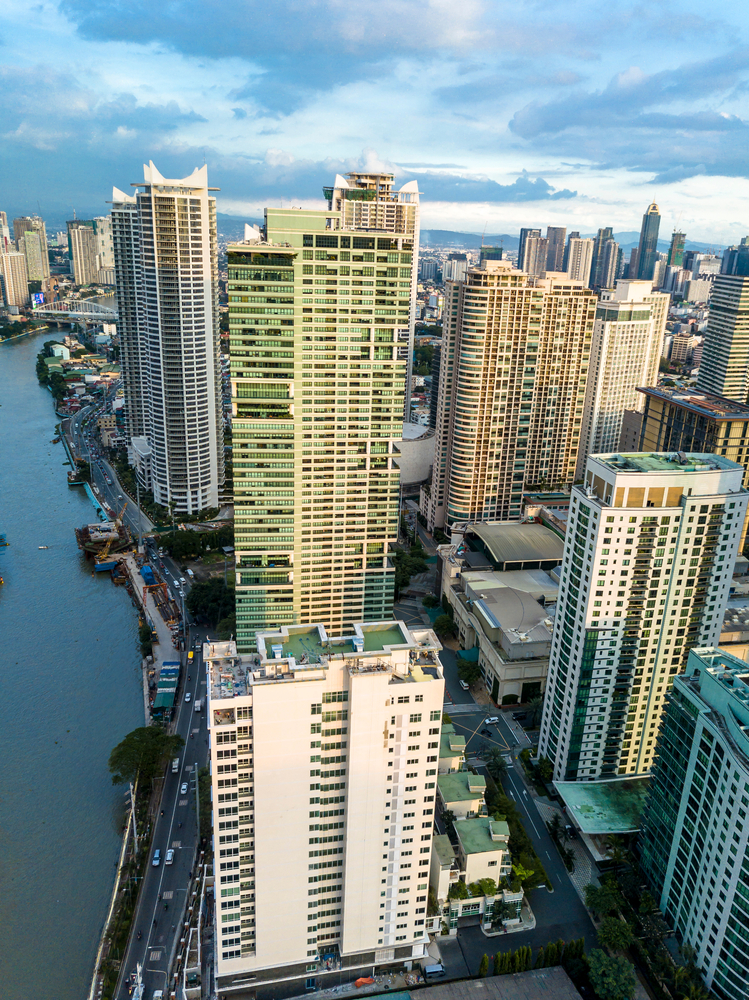
Another conundrum currently facing urban planners is whether urban density is actually beneficial in tackling future pandemics. Some believe that increased concentration within urban areas remains essential to improving environmental sustainability, while others are promoting the advantages of disaggregation, or the separating out of populations, which has been one of the key tools implemented to hold back infection transmission.
Health groups like the World Health Organisation say city living can make residents vulnerable to communicable diseases from crowding and poor ventilation, and waterborne and vector-borne diseases such as dengue. UN-Habitat, the United Nations’ agency for housing and urban development, meanwhile, has stated that more compact cities can help stave off contagion due to residents having easier access to healthcare facilities.
Around the world, a number of high-density cities, including Seoul, Shanghai and Singapore, have outperformed many other less populated places in combating the pandemic. The World Bank last year published data from 28 Chinese cities that refutes the argument that density is a key determinant of coronavirus transmission risk. Evidence is also being uncovered that the pandemic was borne out of the disturbance of natural biodiversity, and human-animal interaction within habitats. Therefore, an increase in low urban density sprawl is not going to aid in reducing the pressure on natural landscapes.
“Connecting density of cities with and its vulnerability to epidemics may seem like an obvious connection, but things are not so literal in real life,” says Kapoor. “For instance, in dense urban areas where the coverage of high-speed internet and door-to-door delivery services are conveniently available at competitive prices, it is easier for residents to stay at home and avoid unnecessary contact with others.”
Indeed, the intensification of digital infrastructure within cities is another consequence of the pandemic that is already playing a key role in redefining urban areas within the region. South Korea, one of the countries worst-affected by the disease, has posted some of the lowest mortality rates, an achievement that can be traced in part to a series of technological innovations—including, controversially, the mapping and publication of infected patients’ movements. In China, authorities enlisted the help of tech firms such as Alibaba and Tencent to track the spread of the virus by using big data analysis to anticipate where transmission clusters will emerge next, albeit at the cost of users handing over such surveillance powers to corporations and states.
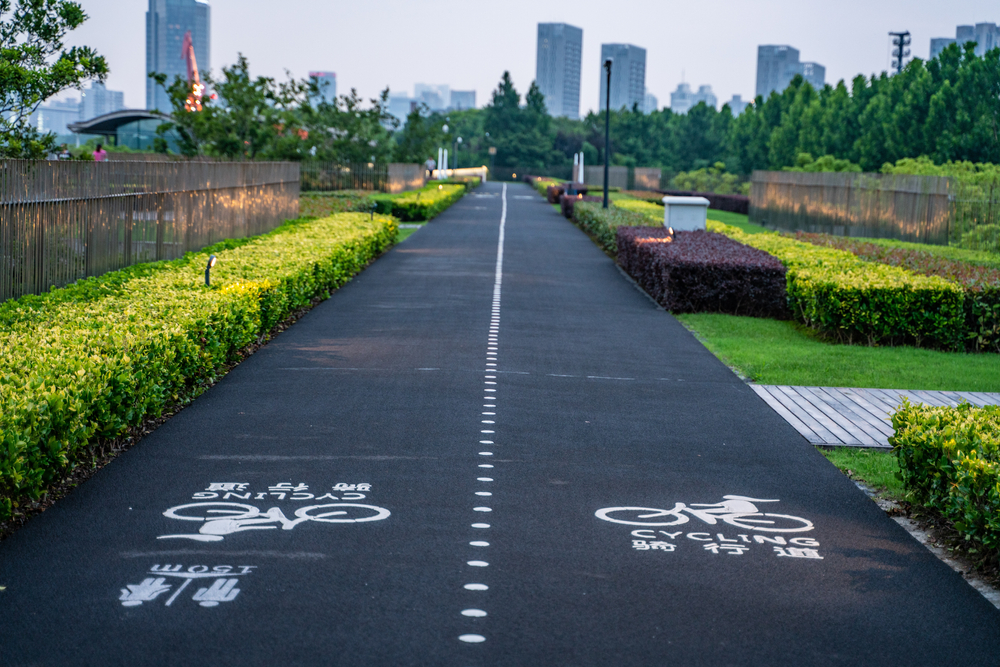
Taking a longer-term view, Tim Kobe, founder of the global design firm Eight Inc, believes that high-density urban areas will continue to move towards the clouds—both digitally and physically.
“Historically we have solved urban living problems by extending our habitable space vertically, into the third dimension,” he says. “This is the only space to address the growth and population density of the major cities around the world.
More: Rising sea levels put Southeast Asia’s coastal cities at risk
“The terrestrial plane will be transformed into a space that supports quality of life, just as we have with residential or office applications: the built space. The areas we have dedicated previously to dense, slow-moving corridors of nearly motionless automobiles will transform into spaces that will support more cycling, interconnected green spaces, and spaces to connect our cities effectively but with better human outcomes.”
While the implementation of any large-scale, short-term solutions remains few and far between in most of Asia’s metropolises, the pandemic has at least instilled a shared sense of do-or-die within politicians, urban planners, designers, and developers. The hope now is that the current urgency to reshape the region’s cities for the future doesn’t trail off as the pandemic eventually fades into the rear-view mirror.
The original version of this article appeared in Issue No. 165 of PropertyGuru Property Report Magazine
Recommended
Why everyone is moving to Selangor and Johor: Malaysia’s real estate comeback
Malaysia’s upturn in fortunes is especially prevalent in secondary destinations such as Selangor and Johor
Penang’s silicon boom: How the US-China tech war is supercharging local real estate
Penang’s booming semiconductor industry has created ripples within the local real estate sector
New leader, new opportunities: How Hun Manet is shaking up Cambodia’s real estate game
Hun Manet is overseeing decent economic growth and widening access to the country’s real estate market for foreigners
Singapore embraces inclusive housing reforms amid resilient demand
The Lion City’s regulatory strength continues to exert appeal for international investors








